Neuroscience

Neurotransmitter receptors function via various G-protein coupled and G-protein independent mechanisms that activate downstream intracellular signaling pathways such as cAMP/PKA, PI3K/AKT, phospholipase A2, and phospholipase C pathways. For instance, dopamine receptors act through adenylate cyclase to activate PKA and other signaling molecules, thereby mediate gene expression through the actions of CREB and other transcription factors. Other neurotransmitters such as NMDAR or AMPAR are associated with ion channels that control flux of Ca2+ and Na+, thus propagating the action potential across the post-synaptic neuron.
Dysfunctions in GABAergic/glutamatergic/serotonergic/dopaminergic pathways result in a broad range of neurological disorders such as chronic pain, neurodegenerative diseases, and insomnia, as well as mental disorders including schizophrenia, bipolar disorder, depression, and addiction.
-
 A1129 Parathyroid hormone (1-34) (human)Summary: Increases blood calcium level
A1129 Parathyroid hormone (1-34) (human)Summary: Increases blood calcium level -
 B1607 Otilonium BromideTarget: M3 ReceptorsSummary: AChR inhibitor
B1607 Otilonium BromideTarget: M3 ReceptorsSummary: AChR inhibitor -
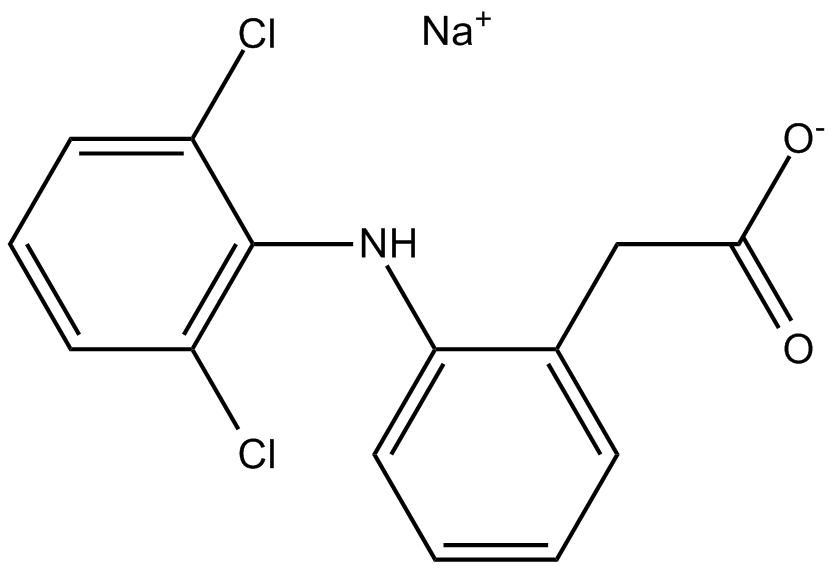 B1457 Diclofenac SodiumSummary: COX inhibitor
B1457 Diclofenac SodiumSummary: COX inhibitor -
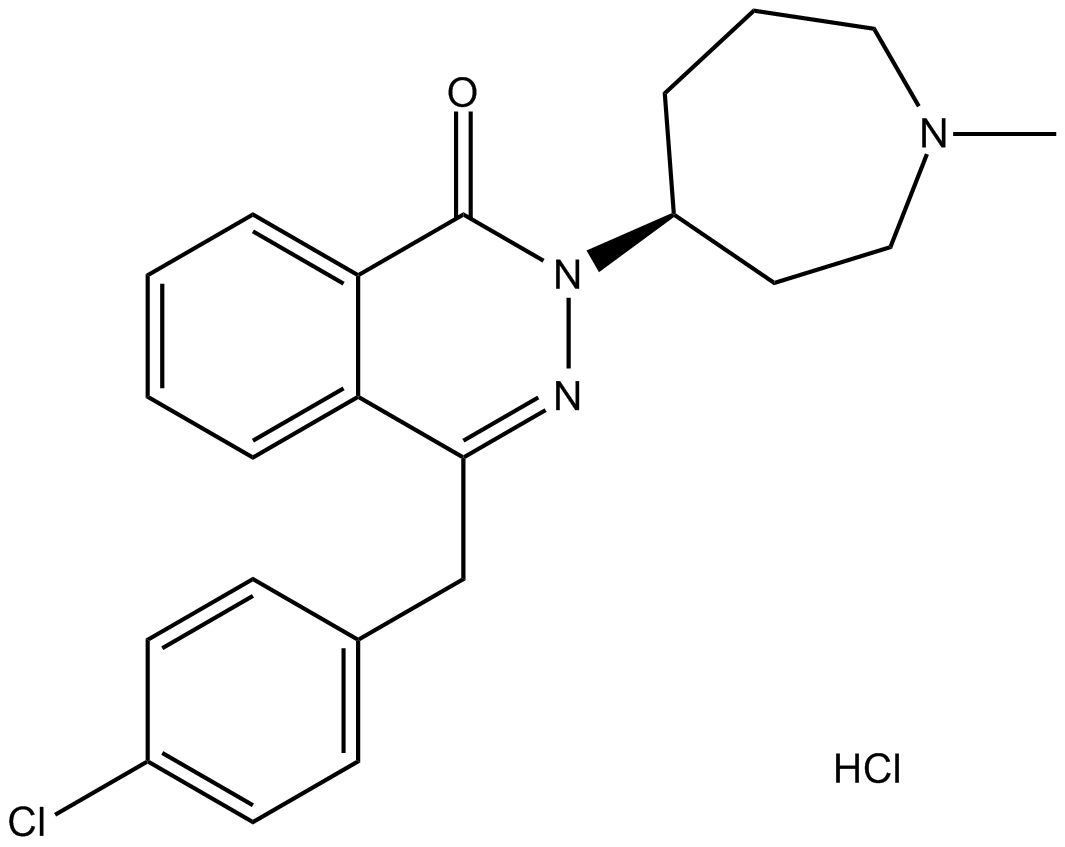 B1568 Azelastine HClTarget: Histamine H1 ReceptorsSummary: Potent, second-generation, selective, histamine receptor antagonist
B1568 Azelastine HClTarget: Histamine H1 ReceptorsSummary: Potent, second-generation, selective, histamine receptor antagonist -
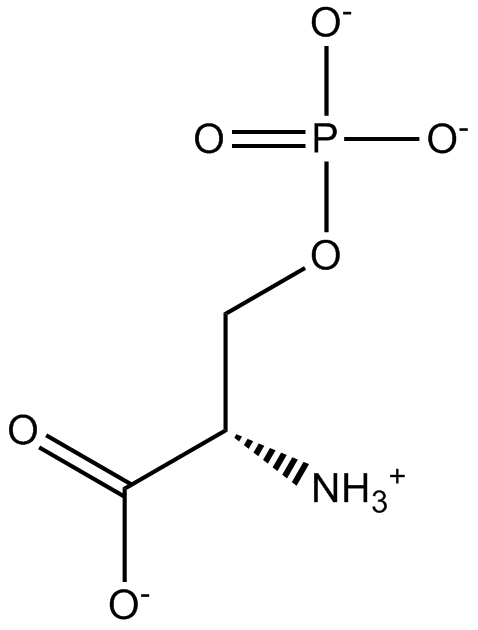 B6233 O-Phospho-L-serineSummary: group III metabotropic glutamate receptor agonist
B6233 O-Phospho-L-serineSummary: group III metabotropic glutamate receptor agonist -
 B7089 TC 1698 dihydrochlorideSummary: nicotinic α7 receptor agonist
B7089 TC 1698 dihydrochlorideSummary: nicotinic α7 receptor agonist -
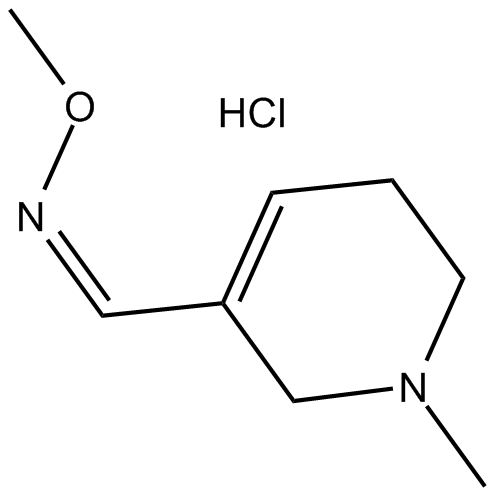 B7123 Milameline hydrochlorideSummary: Muscarinic receptor agonist
B7123 Milameline hydrochlorideSummary: Muscarinic receptor agonist -
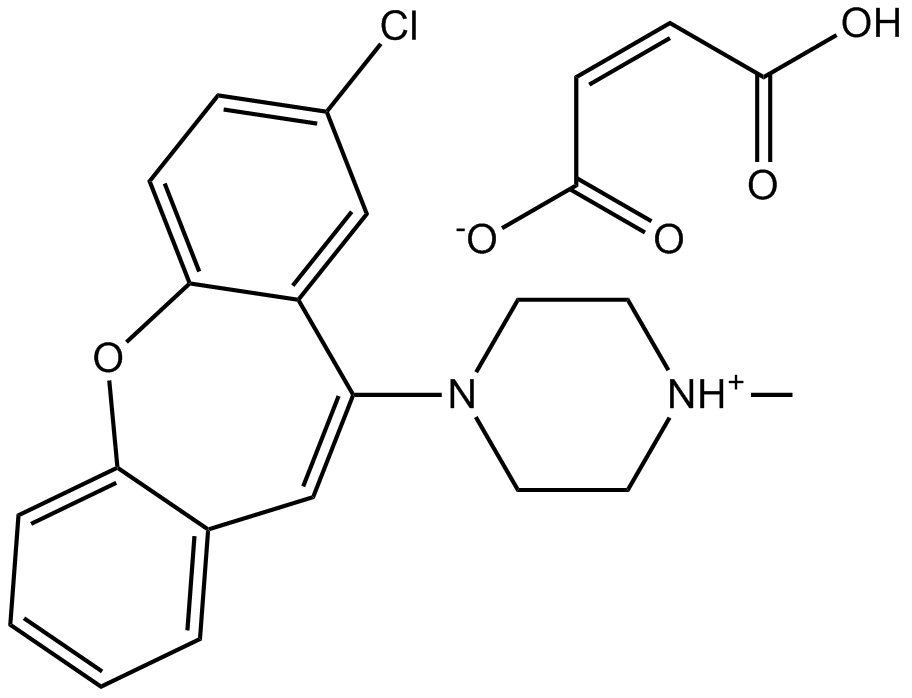 B5016 2-CMDOSummary: Dopamine D2-like receptor antagonist
B5016 2-CMDOSummary: Dopamine D2-like receptor antagonist -
 A5166 Ondansetron HClTarget: 5-HT3 ReceptorsSummary: 5-HT3 receptor antagonist
A5166 Ondansetron HClTarget: 5-HT3 ReceptorsSummary: 5-HT3 receptor antagonist -
 A1124 Amyloid Beta-Peptide (1-40) (human)1 CitationSummary: residues 1-40 of human amyloid-beta
A1124 Amyloid Beta-Peptide (1-40) (human)1 CitationSummary: residues 1-40 of human amyloid-beta

